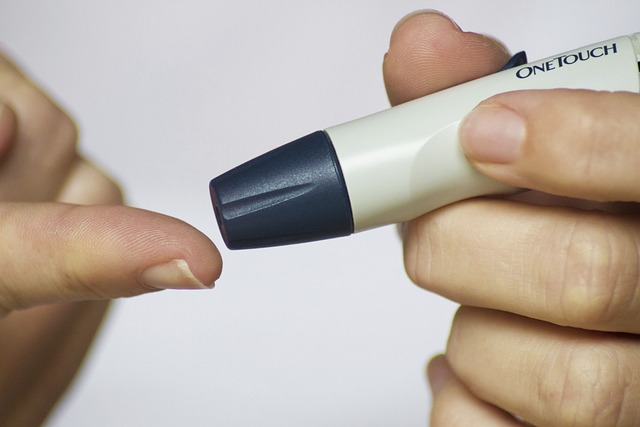According to the Centers for Disease Control and Prevention (CDC), approximately 88 million adults in the United States have prediabetes. This means that about one in three adults has this condition. Unfortunately, only 10% of these individuals are aware that they have prediabetes. Many people do not know the risk factors for prediabetes or show any symptoms of prediabetes.
Prediabetes is a condition in which the blood glucose (sugar) level is higher than normal but not high enough to be diagnosed as type 2 diabetes. In prediabetes, the body is not able to use insulin effectively to regulate blood sugar levels. This causes the sugar to build up in the blood instead of being used for energy. It is a warning sign that a person is at a higher risk of developing type 2 diabetes, heart disease, and stroke.
Are you at-risk for developing prediabetes?
Prediabetes can occur in anyone, but some factors increase the risk of developing the condition. These include:
- Age: The risk of developing prediabetes increases as you get older.
- Family history: A family history of diabetes increases the risk of developing prediabetes.
- Weight: Being overweight or obese increases the risk of developing prediabetes.
- Physical inactivity: Lack of physical activity increases the risk of developing prediabetes.
- Ethnicity: African Americans, Hispanic/Latino Americans, American Indians, Pacific Islanders, and some Asian Americans are at a higher risk of developing prediabetes.
What are the symptoms of prediabetes?
Prediabetes often has no symptoms, which is why it is important to get tested regularly. Some people may experience the following symptoms:
- Increased thirst
- Frequent urination
- Fatigue
- Blurred vision
- Slow-healing wounds
- Tingling or numbness in the hands or feet
What should you do if you think you have prediabetes?
If you think you have prediabetes, it is important to get tested. The American Diabetes Association recommends that individuals over the age of 45 should be tested for prediabetes every three years. Individuals who are overweight or have other risk factors should be tested more frequently.
Testing for prediabetes involves a blood test that measures the blood sugar level. The most common test used to diagnose prediabetes is the A1C test, which measures the average blood sugar level over the past two to three months.
If you are diagnosed with prediabetes, there are steps you can take to prevent or delay the onset of type 2 diabetes. These include:
- Losing weight: Losing as little as 5% to 10% of your body weight can reduce the risk of developing type 2 diabetes.
- Physical activity: Regular physical activity can help lower blood sugar levels and reduce the risk of developing type 2 diabetes.
- Healthy diet: Eating a healthy diet that is low in sugar and carbohydrates can help lower blood sugar levels and reduce the risk of developing type 2 diabetes.
- Quit smoking: Smoking increases the risk of developing type 2 diabetes, heart disease, and stroke.
Conclusion:
Prediabetes is a warning sign that a person is at a higher risk of developing type 2 diabetes, heart disease, and stroke. It is important to get tested regularly for prediabetes, especially if you have risk factors such as age, family history, weight, physical inactivity, or ethnicity. While prediabetes often has no symptoms, individuals who experience increased thirst, frequent urination, fatigue, blurred vision, slow-healing wounds, or tingling or numbness in the hands or feet should seek medical attention.
If you are diagnosed with prediabetes, making lifestyle changes such as losing weight, regular physical activity, adopting a healthy diet, and quitting smoking can help prevent or delay the onset of type 2 diabetes. It is important to work closely with your healthcare provider to develop a personalized plan that is tailored to your specific needs and goals.
In summary, prediabetes is a common condition that affects millions of adults in the United States. Being aware of the risk factors, getting tested regularly, and making lifestyle changes can help prevent or delay the onset of type 2 diabetes, as well as other serious health conditions such as heart disease and stroke.
Image by Tesa Robbins from Pixabay


Leave a Reply